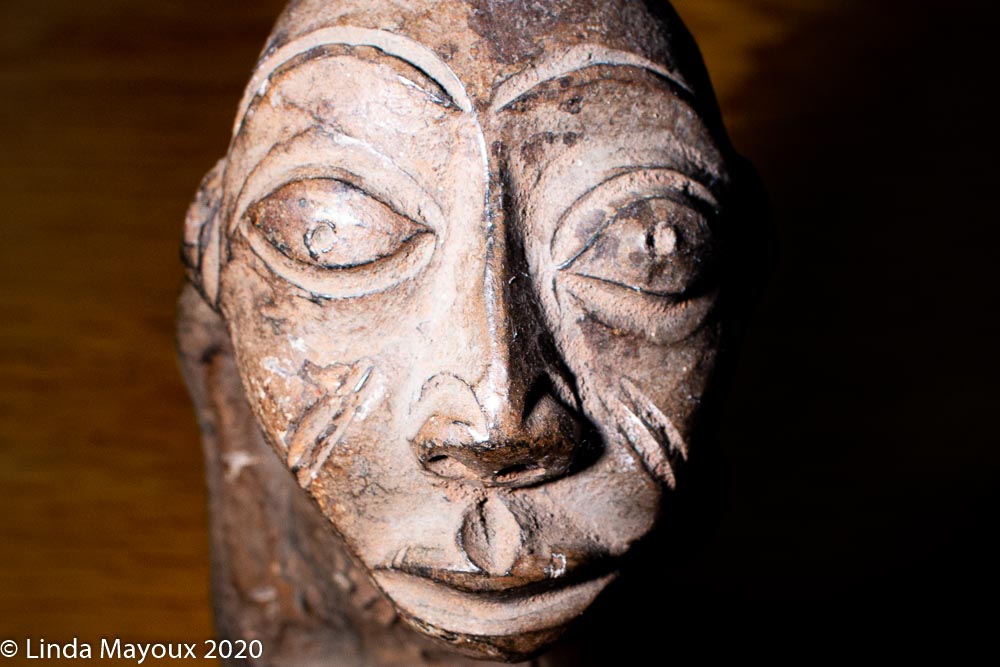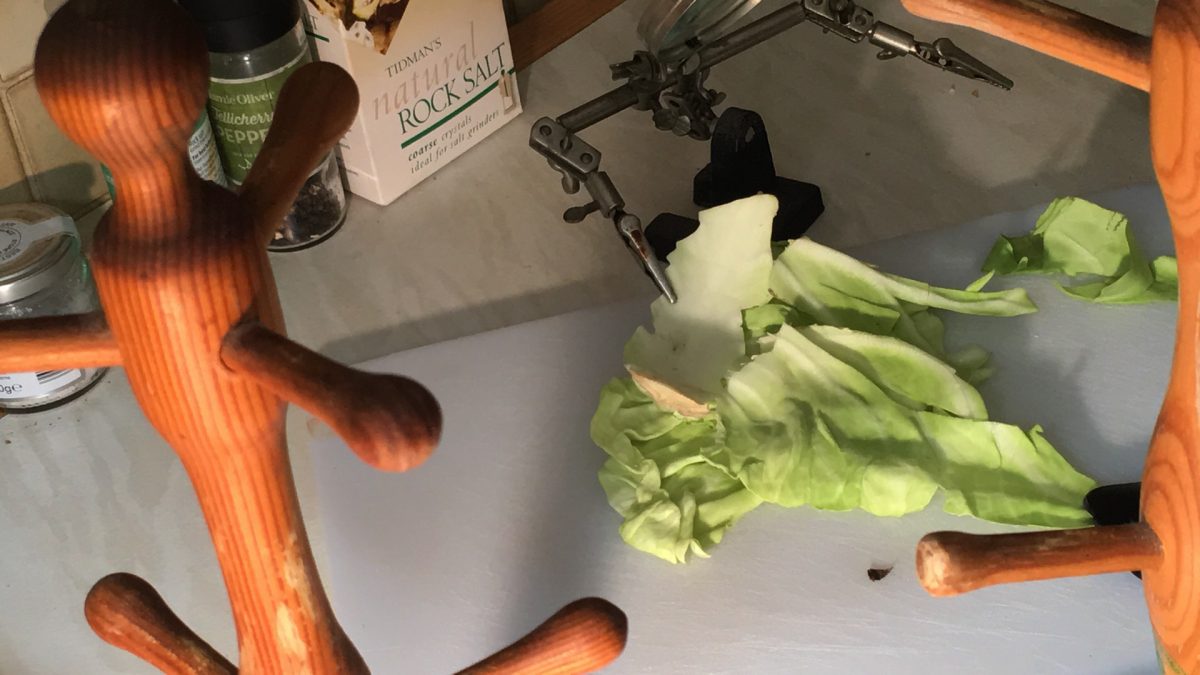“Animation is the art of manipulating the invisible interstices between
Norman McLaren
frames”
Types of animation
There are two main forms of animated movement: manipulation and replacement.
These can be used and combined in a number of different animation processes:
- Traditional cell animation. Frame by frame animation using drawing on paper or other surfaces or digital. One of the earliest forms was the flip book (See post). Animators using drawing and painting include Peter Millard, Jonathon Hodgson and others. Digital Cel pixel-based animation can also be done on the iPad in Procreate, Rough Animator and other Aps and in computer software like TVPaint and ToonBoom.
- Stop motion frame by frame capture of moving elements is another of the earliest forms of animation (See Stopmotion post). Types of Stopmotion include eg Claymation, Cut- outs, Silhouettes, Lego as well as photography-based techniques.
- 2D vector-based animation. Here drawing is vector-based, creating shapes or inverse kinematic rigs for tweened animation. These can also be controlled through coding languages lie Javascript. Professional programmes that can create and composite vector-based animation include Adobe Animate, ToonBoom and After Effects.
- 3-D computer animation or CGI . 3D shapes and characters are created and manipulated digitally. Effects can be hyperrealistic or output in various illustration styles.
- Motion graphics moving elements in space.
- Rotoscoping drawing on and manipulating video or photo sequences. (See Evaluating Rotoscoping and E3.2 Rotoscoping)
- Scratch video (See post)
For more details see post on VisCom4Dev blog: https://viscom4dev.zemniimages.info/animation-approaches-techniques-and-process
Animation principles
12 cel animation principles identified by Disney animators Frank Thomas and Ollie Johnson in their book ‘The Illusion of Life’ and used in training at Disney:
1)squash/stretch 2) anticipation and leading attention, can have multiple levels
3) Staging/exaggeration/sequencing to make things clear
4) straightahead/pose to pose drawing 5) Follow through and overlapping action
6) slow in slow out 7) arcs 8) secondary action 9) timing 10) exaggeration
11) solid drawing 12) appeal
For more details of evolution and variants on Disney principles see post on VisCom4Dev blog: https://viscom4dev.zemniimages.info/animation-principles
1.1
Boil, Cycle, Eye Trace and Rate of Frame
Boil
Boiling is the term used to describe an animated effect in which the outlines or surface of an otherwise still character or object are made to wiggle or quiver in drawn animation.
Cycle, loops and layers
Cycles can loop, oscillate, or even appear to be stationary. The use of cycles is often motivated by economy because it saves on drawing time. But the type of cycle that you use also make up the meaning of the film.
Eye trace and registration
All animation is an exercise in applying the principle of ‘eye trace’. A keen awareness of eye-trace allows the animator to play with the audience’s expectations and surprise them. ‘In The Blink of an Eye’ by Walter Murch, (1995) sets out the principle that the viewer’s eyes will focus on a particular position on the screen. Editors exploit this to allow less jarring edit when one shot follows another by ensuring that the action or image is located in the same part of the screen. A registration protocol was developed for hand-drawn animation to ensure that each subsequent drawing uses the same co-ordinates so that the illusion of movement between frames is not interrupted. In other animation the registration is looser and is intended as such to draw attention to the variation that ‘eye trace’ allows.
Rate of frame
Rate of frame expresses the rate of change of an animation. It is most common in animation to draw on twos ie repeat a frame twice most of the time. This is partly to reduce the amount of drawing. But for slower actions working with twos lends a smoother appearance, avoiding unnecessary jitter that can accompany shooting on ones. For fast action working on twos can add a particular liveliness compared to working on ones, which can make an action appear more leaden. BUT this depends on the type of motion and also ways in which other principles are used. There is also an interrelationship with the speed of the animation in terms of frames per second. See discussion on intervals in Manipulated Animation below, and detailed discussion of time/space relationships and distinctions between ‘smoothness’ and ‘fluidity’ in drawn Frame by Frame animation on: https://viscom4dev.zemniimages.info/animation-principles
Exercise 1.2: Make an Animated GIF ‘Boil’
Exercise 1.3: Rotating on a Chair
1.2
Manipulated Animation
Manipulation involves the making of incremental changes to the position and shape of an object or image. The majority of Stop motion animation is of this form, including clay, puppets, cut out, collage, paint on glass, experimental and 3D animation. This means that control – constancy or manipulation/disruption – of changes in lighting, exposure, camera position etc are crucial to the effects achieved. See:
and inspiration from:
In other types of animation manipulated changes are drawn or programmed and not subject to camera conditions.
Interstice of change: The Interval
“What happens between each frame is much more important than
Norman McLaren, Worlds First Computer Animation (1967)
what exists on each frame.”
It is not the image, drawing or shape of each frame that matters in animation,
rather it is the difference between the frames that generates the illusion of
movement in animation. It is the animator’s ability to control and play with these intervals that matters and it is important to think in terms of intervals, rates of change and flux, rather than thinking in terms of still images or compositions.
“Time is what prevents everything from being present all at once…”
Henri Bergson, Matter and Memory (1988). New York: Zone Books
…and it is the animator’s prerogative to control at what pace, rhythm and
direction things appear.
Ease in and Ease out
One of the first ways in which an animator manipulates time is by slowing and
speeding up an action. It is a general principle of animation that almost all
movements start slowly and end slowly. If this does not happen, the movement
has a mechanical feel. (a good way to fix a choppy animation is to analyse the
spaces between the drawings. They should be evenly spaced with drawings
closer to each other towards the beginning and the end of an animation).
Research Task 1.4 Materials that Move
Metamorphosis
A metamorphosis is the change of the shape or nature of one thing into a
completely different thing. Things in the world around us are in a continual
process of metamorphosis, but their transformation normally takes place over
such a long duration that we are not usually witness to the entirety of their
change. The effects of change can be seen, but seldom the process itself, such as
the rotting of a vegetable, caterpillar changing into a butterfly, or the erosion of a rock face.
The practice of animation provides the strongest and most convincing visually
perceptible metamorphoses. It is an art form that takes particular advantage of
plasticity and the protean nature of forms. What is particularly interesting for an
animator is how one thing changes into another. Norman Klein refers to this
fluid phase in-between as the ‘animorph’. Animators can play with the pace of
metamorphosis, slowing down transitions (by inserting more in-betweens) and
speeding up others (by using fewer and fewer drawings).
Exercise 1.4: Looped Experiments

Exercise 1.5: Animorph
Project 3:
Replacement Animation
“Animation’s unique ability to separate the process of motion and image allows for a new context and a greater complexity for both. A snail can move like a tornado and a triangle like an old man. As one stream of information plays off against the other, the combined meaning of such a disjoint may be superior to a synchronous narrative.”
Dan Torre, Animation- Process, Cognition and Actuality (2017). Bloomsbury
“There is the steamboat that folds logs like pastries; there are the hotdogs whose skins are pulled down and are spanked; there are the piano keys which bite the pianist like teeth.”
Sergei Eisenstein in Sean P. Griffin, Tinker Belles and Evil Queens- The Walt Disney Company from the Inside Out (2000). NYU Press.
“Virtually every conception of animated movement occurs in the actual world (growth, changes in form, erosion)”
Vivian Sobchack, The Line and the Animorph or ‘Travel Is More than Just A to B’ (2008). Minneapolis: University of Minnesota Press
Replacement animation is a process in which a series of three dimensional
objects or models, each slightly different from the next, are photographed one after another to produce an illusion of motion; much the same way as a series of drawings is photographed in conventional animation. This project started to explore replacement in 3D and the meanings and emotions that can be communicated by the types of movement used: continuous, disrupted, smooth or frenetic. These same types of transformations can be applied to attribute emotion to many different things: the break-up of a glacier can be applied to a block of cheese, the growth of a tree can be applied to a pile of wool.
Punctuating and disrupting size consistences.
Assignment 1:
Force and Resistance
Assessment
In this Part of the course I focus mainly on Stop Motion techniques, shot on a DSLR or in Stop Motion Studio on my iPad. As my first attempts at Stop Motion I found it fascinating to see my images move. As I progressed with the practical process new ideas came around narrative and possibilities. I still have a lot to learn to make the animations smoother, and to pursue the many ideas I had.
I plan to take this much further – adding and experimenting with sound and music in Part 2 will further widen my thinking on narrative concepts and possibilities. I will also deepen my understanding of frame rate and spacing of action through work on frame by frame animation that I am more familiar with. I then plan to reshoot final versions for upload to vimeo/You Tube/ SMUGMUG etc in Part 5.
